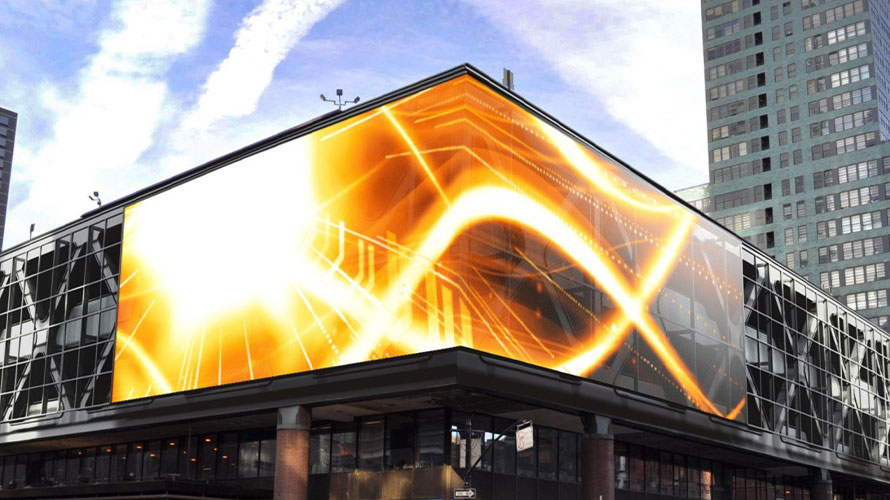Exploring How Resolution Affects the Performance and Aesthetic Caliber of LED Walls in Contemporary Display Technology
Exploring How Resolution Affects the Performance and Aesthetic Caliber of LED Walls in Contemporary Display Technology
Blog Article
Light Emitting Diode walls are growing increasingly popular in various environments, from musical events and athletic events to corporate presentations and art exhibits. One of the key important factors that influence the functionality and image quality of these screens is image clarity. Resolution refers to the number of pixels that compose the visual on the display. Higher resolution means additional picture elements, which can result in clearer and clear visuals. Understanding how resolution affects LED walls can assist operators make knowledgeable decisions about their display needs.
When discussing resolution, it is essential to consider pixel spacing, which is the gap between the center of one pixel to the midpoint of the following picture element. A reduced pixel pitch yields a greater resolution, allowing for more detail in the images shown. For instance, an LED screen with a picture pitch of 1.5mm will provide a clearer image than one with a picture spacing of 3mm. This is particularly crucial in environments where viewers are close to the screen, such as in a small location or a exhibition show booth. In these situations, a higher resolution can significantly enhance the viewing quality.
Another aspect of image clarity is its impact on hue precision and luminosity. LED screens with greater resolutions often have better color reproduction, indicating that the hues displayed are increasingly vibrant and realistic. This is crucial for applications like advertising, where the goal is to capture interest and communicate a concept efficiently. Additionally, greater resolution displays can maintain luminosity levels even when seen from different angles. This is important in big locations where viewers may be seated at different distances and angles from the screen.
The performance of LED walls is also influenced by image clarity in terms of refresh rates and response times. A higher resolution display can handle faster refresh rates, which is essential for dynamic content such as videos and motion graphics. This means that the images on the screen will appear smoother and more fluid, enhancing the total observing quality. In comparison, reduced image clarity screens may have difficulty with dynamic material, resulting in fuzziness or delay. Therefore, for occasions that depend on dynamic images, selecting a display with a suitable resolution is critical.
In conclusion, resolution plays a vital role in determining the performance and visual clarity of LED screens. Elements such as picture spacing, hue accuracy, luminosity, update frequencies, and reaction durations all affect how efficiently a screen can communicate information and engage viewers. As technology continues to advance, grasping these factors will assist operators select the right LED wall for their specific needs, guaranteeing that they obtain the optimal potential Get More Information results in their presentations and events.